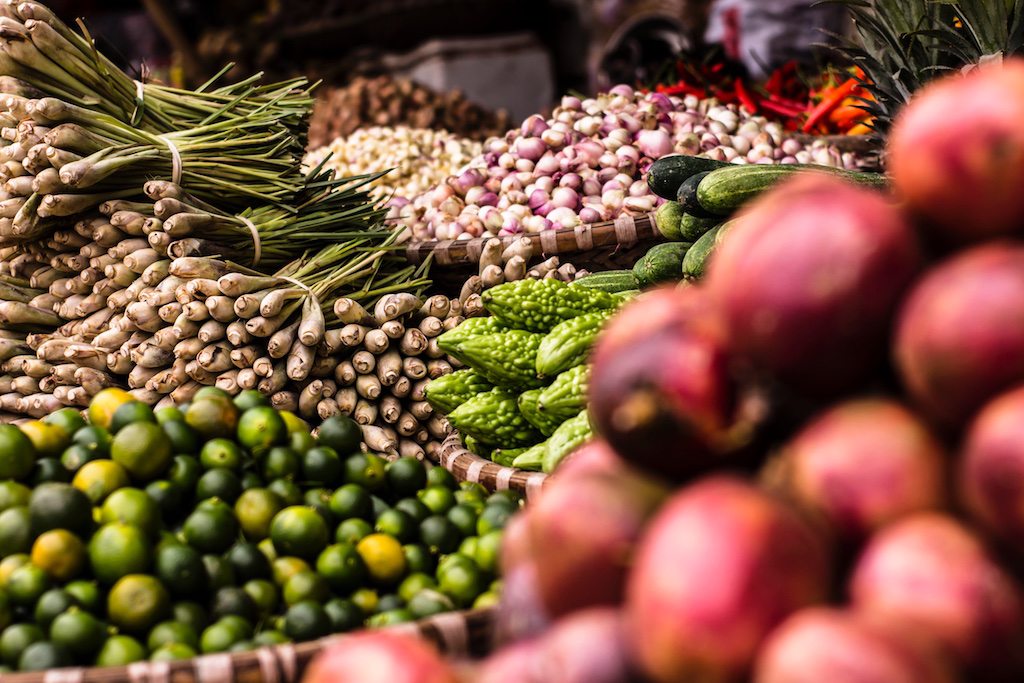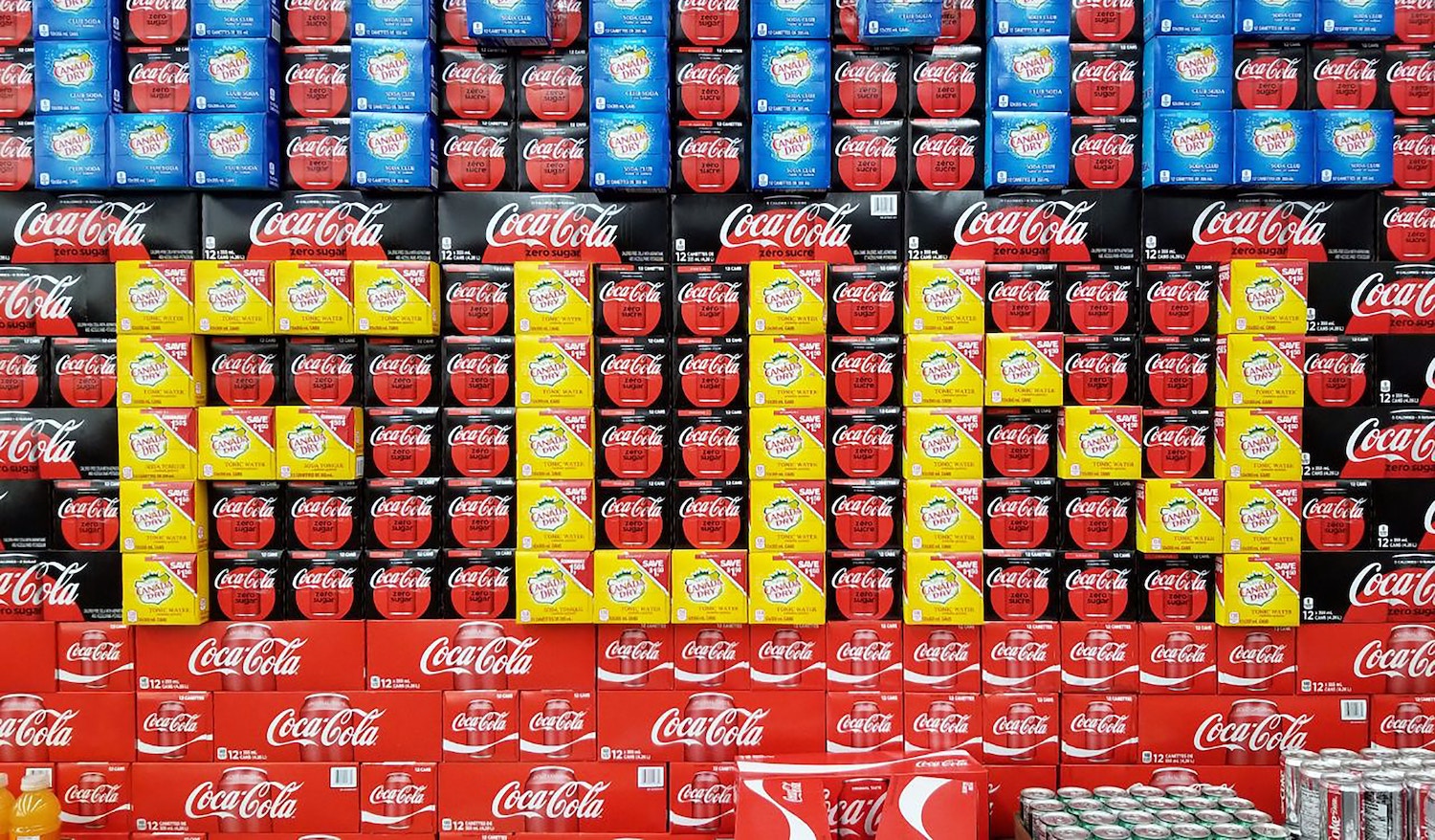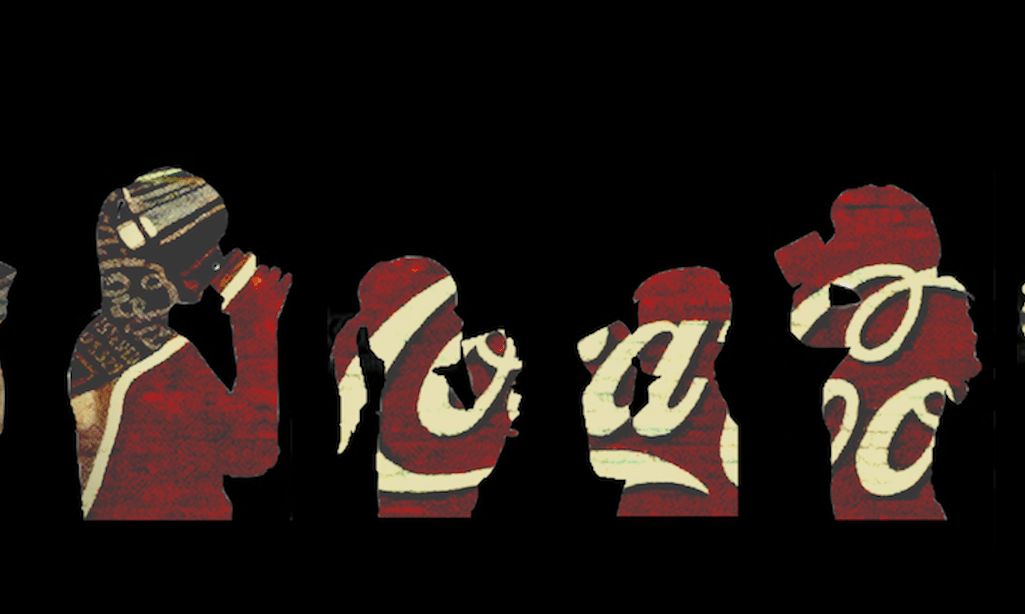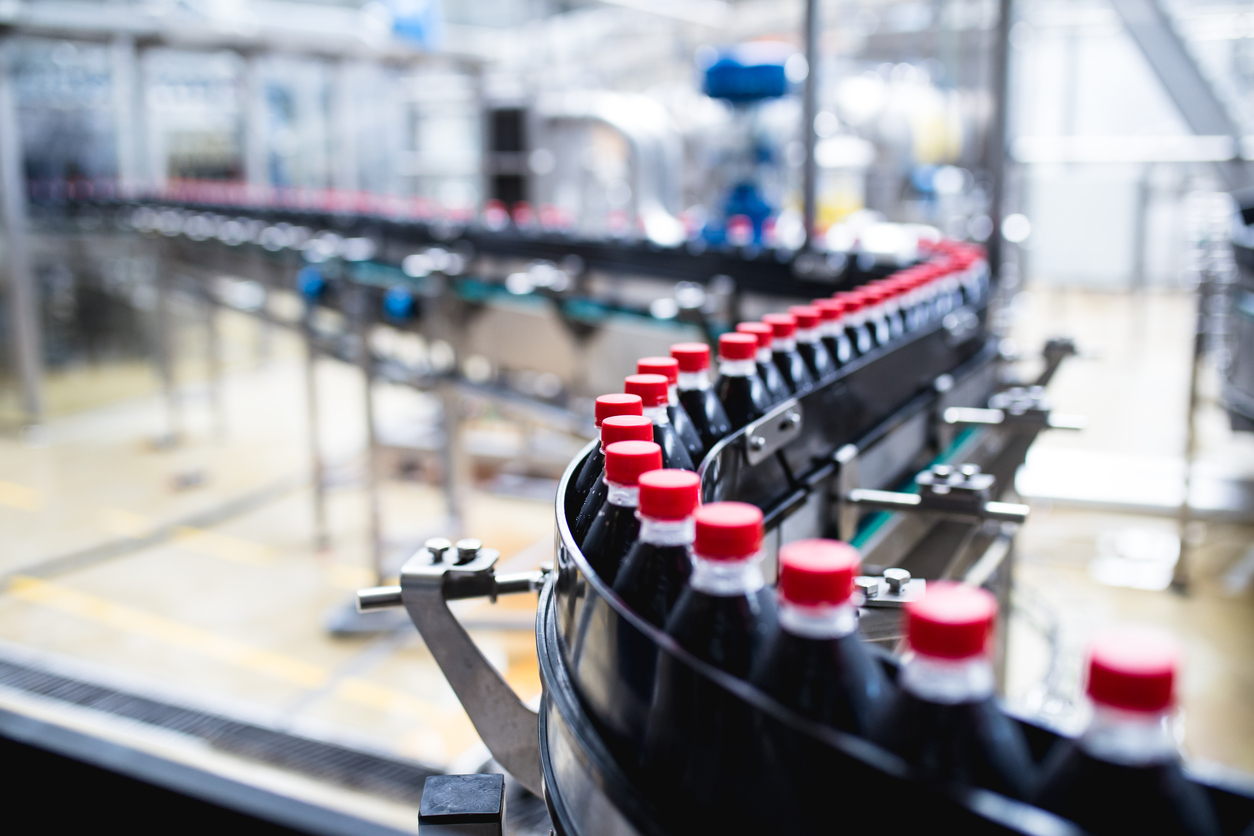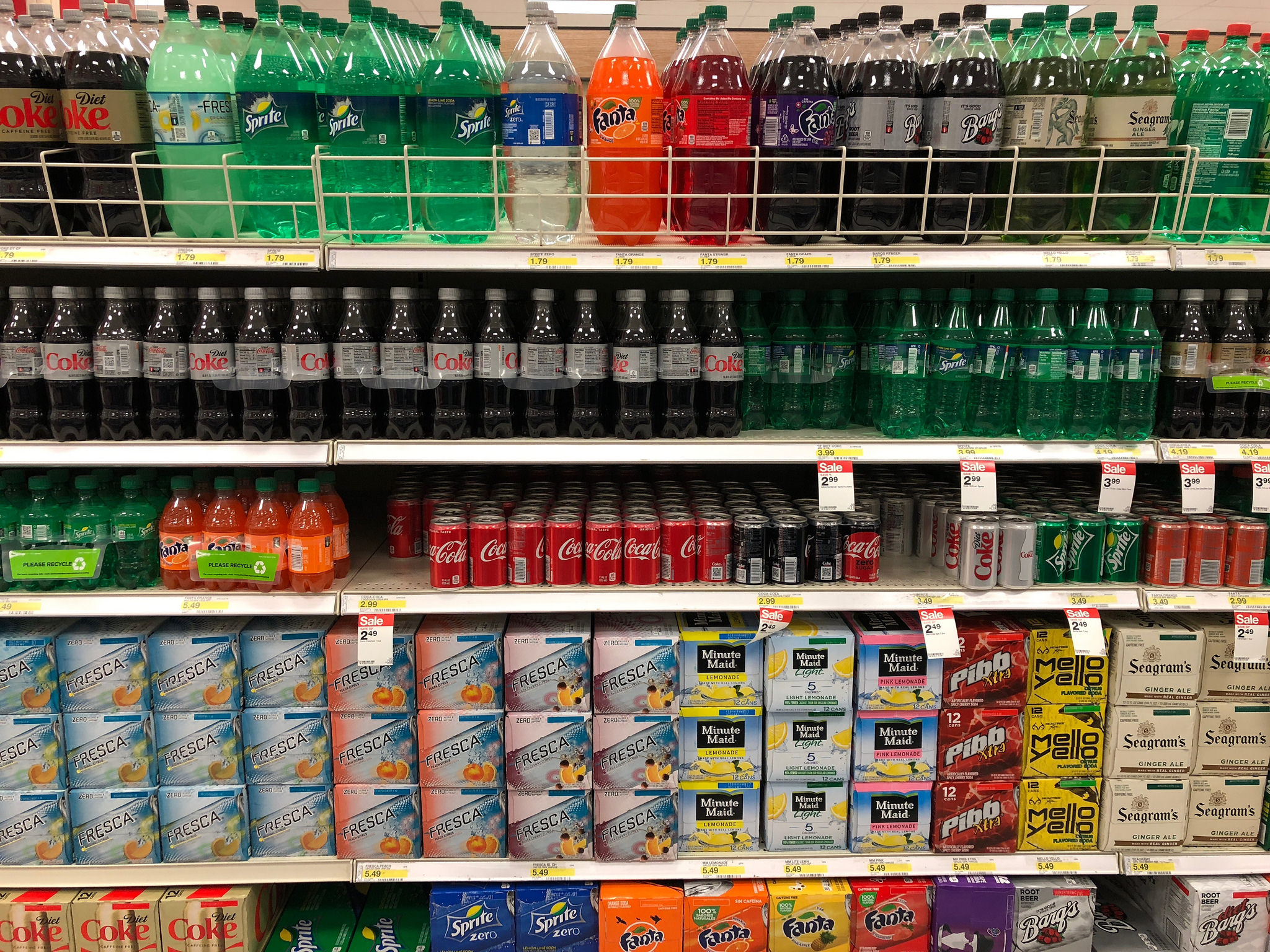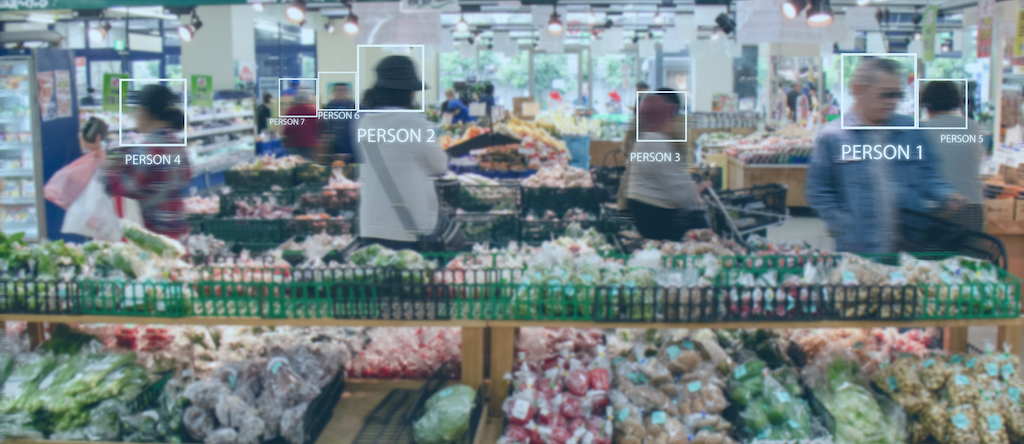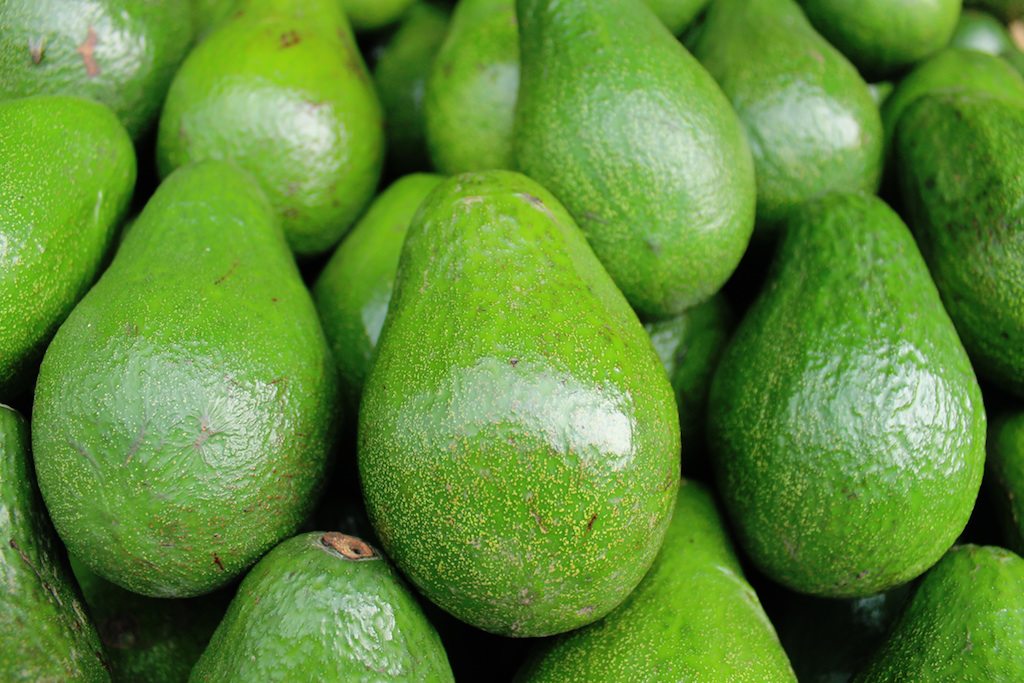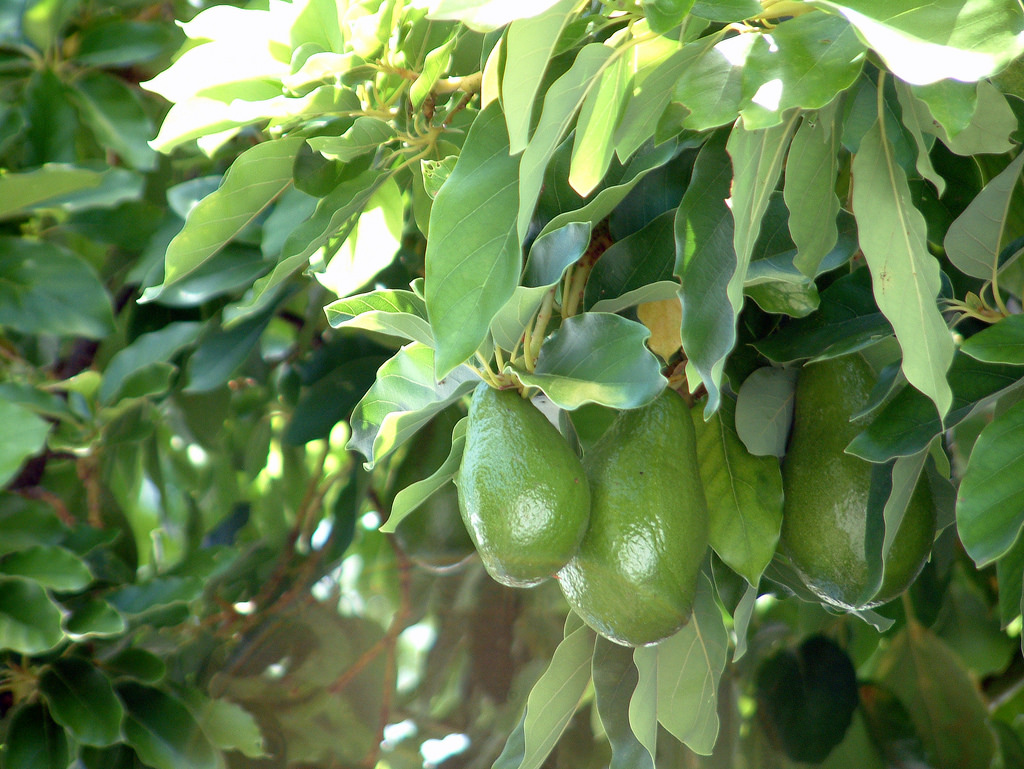Last week, Seattle’s City Council voted “yes” on a 1.75-cent per ounce soda tax, joining a growing list of cities including Berkeley, Philadelphia, and Boulder, that levy taxes on sugary beverages.
Action in eight liberal cities doesn’t necessarily indicate a sea change in voter attitude—in fact, Santa Fe voters rejected a similar measure last month, and Food Dive reports soda taxes have failed at least 40 times in other regions. (But researchers at Harvard and Tufts still see potential. They recently published a study analyzing the political makeup of cities across the United States, concluding that 40 percent of Americans live in regions that could pass similar legislation.)
Few municipal food policies have been debated so viciously or attracted so much national attention. But all the hand-wringing over soda tax pros and cons tends to obscure the argument that got it on the ballot in the first place: It’s supposed to get people to consume less sugar. The leading cause of death in the U.S. is cardiovascular disease, and one of the biggest contributing factors to cardiovascular disease is “suboptimal” diet (read: too much sugar and fat, not enough fruits and veggies). By making sugary drinks more expensive, soda taxes are supposed address the “too much sugar” part of the equation, ultimately preventing cardiovascular disease and saving lives. So, are soda taxes really the best way to get people to eat better and have fewer heart attacks?
Maybe not. Turns out that subsidizing fruits and vegetables may actually work a lot better than taxing soda. That’s according to a new study funded by the National Institutes of Health and published this month in the journal PLOS ONE. Researchers found that a 10 percent produce subsidy would prevent or delay more cardiovascular deaths than a mass media campaign to promote healthy eating, a 10 percent soda tax, or a 30 percent fruit and veggie subsidy just for food stamp users.
Estimated impact of five fiscal interventions. DPP stands for “Deaths Prevented or Postponed.” MMC stands for “Mass Media Campaign.” SSB stands for “Sugar-Sweetened Beverages.” F&V stands for “Fruits and Vegetables.” The “combined” graph combines the previous four scenarios.
Before we get into the details, let’s talk about the parties that’ll likely applaud these numbers. They include soda companies, which now have a little more fuel to shift the blame for cardiovascular disease from “too much sugar” to “not enough vegetables,” and small-scale vegetable farmers, who’d probably love a subsidy that lets them charge 10 percent less for what they grow. Add to the list just about anyone who believes that people basically know how to take care of themselves and can make their own decisions at the grocery store, thank you very much.
Back to the study. Using the US IMPACT Food Policy Model and probabilistic sensitivity analyses, researchers estimated and compared the reductions in cardiovascular disease mortality and socio-economic disparities in the U.S. population potentially achievable from 2015 to 2030, with four specific dietary policy scenarios. The first model focused on a mass media campaign promoting fruits and vegetables and discouraging sugary beverages. The second looked at taxing soda at a rate of 10 percent, and the third modeled a 10 percent fruit and vegetable subsidy across the board. The last scenario modeled a targeted intervention where people using food stamps (SNAP) got a 30 percent discount on fruits and vegetables. (Note: There’s a lot of debate over who bears the financial burden of a soda tax—some early research indicates that big companies like Coke and Pepsi absorb up to half of the tax before increasing prices. For simplicity’s sake, these models looked at subsidies and taxes as if the full discount or price increase made it all the way to the checkout line.)
When the results came in, subsidies for fruits and vegetables beat taxes on soda by a long shot when measured by the number of lives saved. According to the model, a 10 percent fruit and veggie subsidy would result in more than 150,000 “prevented or postponed” deaths due to cardiovascular disease by 2030. That’s almost five times the amount of lives saved by a soda tax (31,000), and a little over four times the estimated number of prevented or postponed deaths from the 30 percent incentive targeted at food stamps users (35,000). It’s worth noting, however, that the soda tax did beat a mass media campaign, which was estimated to save 25,000 lives.
Of course, hypothetical economic models don’t tell the whole story. In Philadelphia, for example, the mayor’s office just announced that soda tax revenue at the six-month mark is well below the projections (revenue being just one measure of success). And even if the models are perfectly accurate, fruit and veggie subsidies aren’t necessarily feasible. The researchers didn’t look at the costs of implementation for each scenario, but it stands to reason that subsidizing fruits and vegetables would cost a lot more than taxing soda. But the unmeasurables aren’t all bad. As the researchers point out, they only looked at prevented and postponed deaths. There are certainly benefits to cheaper fruits and veggies that can’t be measured by mortality rates.
The researchers also looked at whether or not any of these policies would reduce socioeconomic disparities in cardiovascular illness-related deaths. The findings showed none of the policies taken alone would result in a huge reduction in those disparities, though the SNAP-targeted fruit and veg subsidy would go the furthest.
The most effective approach, they point out, is pretty obvious: combine all of the above. Make fruits and veggies cheaper for everyone, and give even deeper discounts to people with less to spend at the checkout line. The researchers found that a combination of these approaches actually might reduce socioeconomic disparity (at a rate of 6 percent, but still). Throw in a soda tax and a mass media campaign, and you’re looking at preventing 230,000 deaths by 2030—a pretty huge chunk of the 200,000 annual losses due to preventable heart disease in the U.S., according to the Centers for Disease Control.
